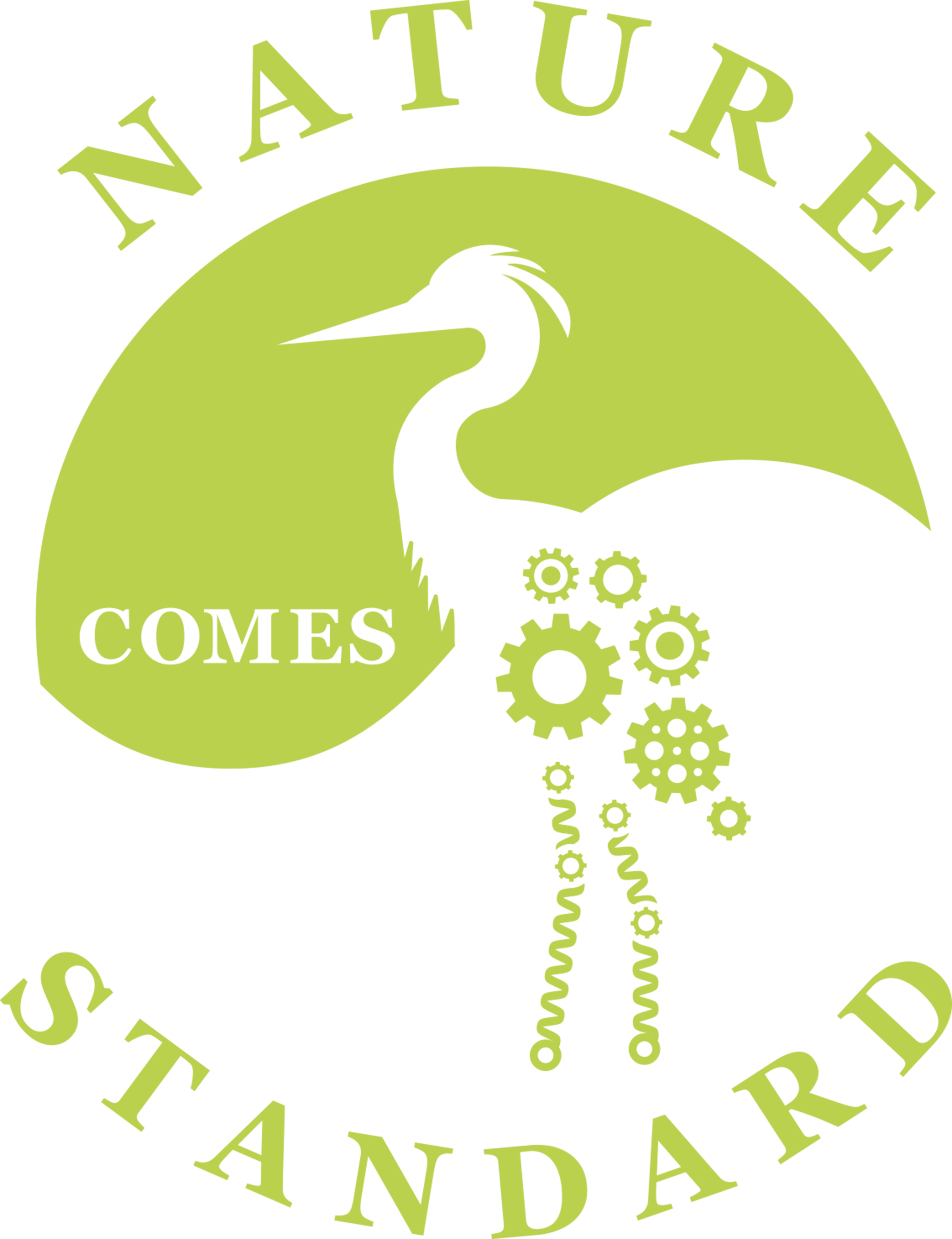E.S.P. - Echidna Sensory Perception

While much of the Northern Hemisphere are celebrating (or scorning) winter, the Southern Hemisphere experiences the warmth of summer sunshine. Australia, a wonder in itself, encompasses numerous organisms unique to its continent. Unfortunately, most of the world will experience this bizarre landscape on electronic displays. Those studying biomimicry can learn much from a first-hand visit to Australia.
On the outskirts of Sydney is Featherdale Wildlife Park featuring 1700 native mammals, birds, and reptiles. One unique mammal here is the Echidna, which, like the elusive Platypus, is a mammal that lays eggs, also known as a monotreme. The Echidna dons quills on its back like a porcupine and burrows into the ground exposing the quills when danger appears. The quills are made of keratin like fingernails. The Echidna forages for insects in the soil, using its unique snout to sense the vibrations of its prey.
The snout senses vibrations via both electrical and mechanical signals. A prey’s movement creates a vibration that reaches the snout, acting upon a nanoscale column of cells like a combustion engine’s push-rod. The push-rod transfers the signal to a nerve ending, creating an electric signal, and a mechanoreceptor creating a similar sensation as a human’s fingertip. This information is processed to sense the presence and motion of prey. Like counting the time delay between a lightning flash and a thunder boom, the Echidna can sense a prey’s distance and speed.
Much like the mysteries of Rudolf’s red nose, the Echidna’s snout could provide humans with ways for navigation, small scale discovery, or new methods of scanning objects. How else can you imagine using this sustainable technology? Is a visit to Australia on your bucket list?
References:
http://www.featherdale.com.au/echidna/
U. Proske, J. E. Gregory, A. Iggo. Sensory receptors in monotremes. Philos Trans R Soc Lond B Biol Sci. 1998 Jul 29; 353(1372): 1187–1198; Published 29 July 1998. DOI: 10.1098/rstb.1998.0275.





